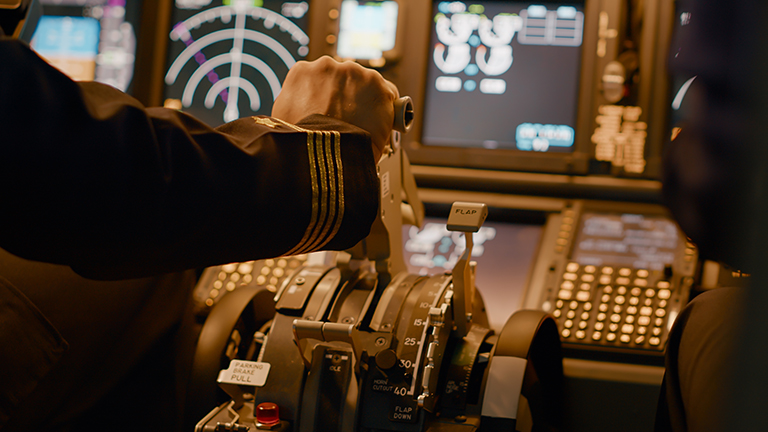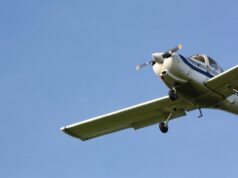
Strategic training for currency and more importantly, proficiency
The dominating narrative around pursuing a career as a professional pilot right now is that getting all your training done as fast as possible is the best way to make it to your dream job quickly. This is perfectly logical – less time building hours and getting your ratings means less time until you’re dream-job eligible – but it overlooks a key part of the time-building process, staying proficient.
Companies don’t just want candidates who have a lot of flight hours. If it were that simple, the pilot shortage might not be quite as acute as it is. It’s also important that crewmembers are proficient, safe, and qualified for their jobs. For example, a pilot with a single checkride failure is a much more desirable candidate than a pilot with half a dozen failures and multiple deviations to boot.
Thus, while building time, it’s critical not only to get hours but also to maintain proficiency and currency in every form of operation you’re involved with. This not only keeps you safe and knowledgeable, it also helps you learn more about the flying you’re doing (and flying in general), and it prepares you best for upgrades to new position, aircraft, operations, or companies.
The only way to maintain proficiency is to keep flying as much as possible. There is no set number for this, and it’s not possible for every pilot to be in the air every moment of every day. But a pilot who flies even once a week is much better off than one who scrambles to stay current. Flying as much as possible is critical for staying safe and proficient.
And it’s not just a question of flying. There is also a question of training in different scenarios. Flying cross countries from point A to point B is great for building time, but without practicing instrument time, rehearsing emergency descents, or regularly taking a flight or two in the traffic pattern, pilots might become singularly focused on a certain operation and lose proficiency on other critical, yet straightforward, areas of operation.
On checkrides, pilots are regularly asked to explain the difference between currency and proficiency. The two have notable differences, and it’s important to understand where being current does not equal being proficient. Yet the two can be linked as well. You can’t be proficient in something without being current. While it’s easy to focus specifically on what the FAA requires for currency – three takeoffs and landings per category and class during day and night, six HITS, etc. – it’s also important to stay current and proficient on everything pilots need to fly safely.
This is a good way to utilize another aspect of flying – personal minimums. To make sure you can continue flying safely, work minimum currency requirements for a variety of different operations into your personal minimums. For example, it may be helpful to highlight that you expect to work on emergency operations a certain amount within a certain timeline, or you may want to increase the currency requirements set out by the FAA: maybe ten approaches and two holds for IFR currency, six night landings instead of three, or others.
By working additional training requirements into your personal minimums, you’ll be able to maintain better proficiency throughout your career. You’ll force yourself to train more consistently on each area of operations in flight, making your proficiency more thorough and more practical. You’ll be ready for even more situations and more flights, and you’ll be that much more prepared for your long-term career.
This doesn’t mean you should ignore the advice of flying as much as you can to hit hiring minimums. But it’s important to work a wider array of training and experiences into your flying to be the best, most proficient pilot you can possibly be.





















































